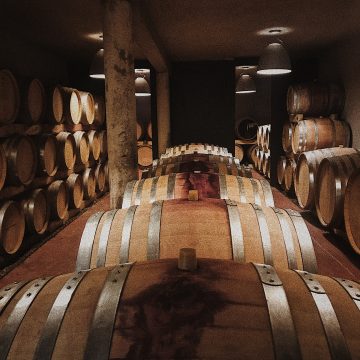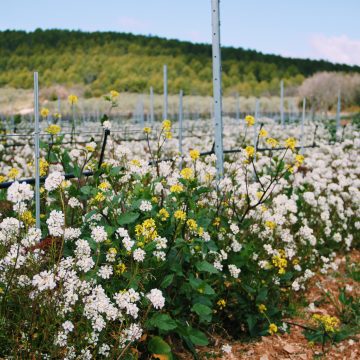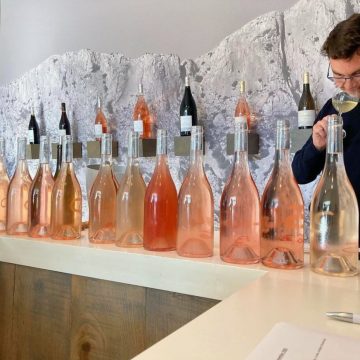The Breeding
The “fruit” vintages (mainly the Essential range) are aged in stainless steel tanks. For the others, although stainless steel can also be used as a back-up, and terracotta amphorae are already being tested, our philosophy is to offer wines aged in wood adapted to each grape variety and cuvée.
Research work
The objective is to refine the tannins, to densify the wines by contact with the fine lees, to develop their complexity, in short to work on the structure and the texture of the wines, and not to flavour them. Therefore, we limit the proportion of new wood, and above all we have worked on a search for the most suitable containers to enter into synergy with the juices, to respect and even enhance their purity of fruit and their native freshness.
This has led us to favor larger sizes than the traditional Bordeaux barrel (350-liter barrels for the whites, 600-liter demi-muids for the reds). This also leads us to collaborate with different coopers to obtain different origins of wood – French oak almost exclusively, with most often a traceability to the forest, and a predilection for logs from the Vosges and the Allier – and specific toasts, including light steam toasts for the whites.
A controlled breeding
Also, in order to keep our stock in the best conditions, with a limited use of sulphur cleaning, we prefer to age the wines for a full year: the wines are thus filled into containers just drawn from the previous vintage, “hot” for the reds, i.e. just after maceration, and at the very beginning of fermentation for the whites and rosés. Thus, the wine lives and grows in the wood.
As far as possible, we try to let the matured wines rest as long as possible in the vat after their passage in the rooms.
In short, patience and regular tastings are the guides to maturation.



